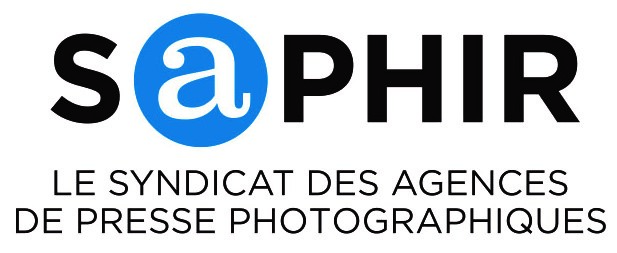Photographic competitions have become increasingly popular in recent years thanks to the boom in digital photography and the ease with which photographs can be communicated via the internet. They can be very effective as promotions, but the copyright issues which they raise need to be dealt with appropriately to minimise legal and PR risks.
Don’t ask for copyright
One basic mistake competition organisers sometimes make is to require entrants to assign copyright in their winning photo. From a purely legal point of view this is the obvious thing to do, but it isn’t either necessary or advisable in practice.
There are two types of photographer: amateur and professional. Their motivations are different. Amateurs tend just to want their work to be published with their name attached. Professionals also want this, but photos are their stock in trade and their pension. Copyright underpins their livelihood. They therefore have a deep seated aversion to parting with copyright.
You don’t need the copyright in a photo in order to use it for the purposes of a competition. All you need is a licence, which is simply the copyright owner’s permission to use the work. If your T&Cs include a licence to use entrants’ photos for the purposes you plan to use them for, you’re covered. If you go beyond this and ask entrants to assign the copyright in their work, two undesirable consequences are likely to follow:
- You may get fewer good quality entries. Photographers who are concerned about their intellectual property rights will not enter your competition.
- Your copyright terms may generate some negative PR. To see examples of this, try Googling “photo competition copyright grab”. If your T&Cs are spotted by professional photographers, word may get around that your brand is engaged in a “rights grab”, and word gets around fast on social media.
As explained above, you don’t need to risk either of these consequences by asking entrants to transfer their copyright to you because all you need is permission to use their work for whatever purposes you set out in your T&Cs.
It doesn’t make much difference if your competition is aimed at amateur photographers rather than professionals. Pros are still likely to spot any competition which asks for a copyright assignment and use social media to name and shame you. Pros resent amateurs they feel are undermining their market by giving away copyright just to get their work published.
You shouldn’t try to get around this by asking for an all rights licence instead of a copyright assignment. You will still be at risk of attack. Limit the licence you ask for to the rights you actually need.
If you want to ensure your competition doesn’t incur the wrath of professional photographers, follow the principles set out in the Artists’ Bill of Rights.
Do you need an indemnity?
Another mistake sometimes is to ask entrants to indemnify you against copyright and other third party claims. Most non-lawyers don’t understand indemnities and find the word off-putting. There are serious legal risks you need to guard against, but there are better ways of doing this.
The obvious risk with photo competitions is a third party claim against the organiser for publishing photos it had no licence to publish because the winner doesn’t own the copyright. Innocence is no defence in copyright: if you publish without a valid licence you are liable whether or not you knew you needed a licence or thought you had one.
Another obvious risk is that of a person featured in a photo turning out not to have given the entrant permission to use their image.
The best way of reducing the risk of legal claims and negative publicity is to take practical steps to check the winning photos are genuine and safe to use.
Always do a reverse Google image search against a winning photo. If the winner has taken the photo from the internet there is a good chance your image search will reveal this and you can simply disqualify the winning photo and select an alternative one.
If the photo includes a person, your T&Cs should allow you to require the winner to send you a signed model release. You can then, if in any doubt, send the winner a simple release form to be signed by the person in the photo. Of course the signed form you get back might not be genuine, but you will have taken reasonable steps to prevent a claim.
An indemnity may not be easy to enforce. Are you really going to sue if the photo is a fake and, even if you do, will the giver of the indemnity have the means to satisfy a judgment?
Also, you don’t actually need an indemnity in order to pursue a legal claim against the winner if a third party rights owner comes out of the woodwork. Your T&Cs should have included a representation and warranty by entrants that they have the right to license the image to you free from third party claims. If this turns out not to be the case, you still have a claim against them for misrepresentation and/or breach of contract. The amount you can recover may not be as much as under an indemnity, but you do still have a legal route for claiming damages.
So my advice is often not to include an indemnity against third party claims. Any indemnity you do include should be reasonable in its scope.
Charles Swan is a director of the Association of Photographers which is an Artists’ Bill of Rights Supporter. This piece was originally published by our friends Spark & Fuse The Prize Promotion Experts.








